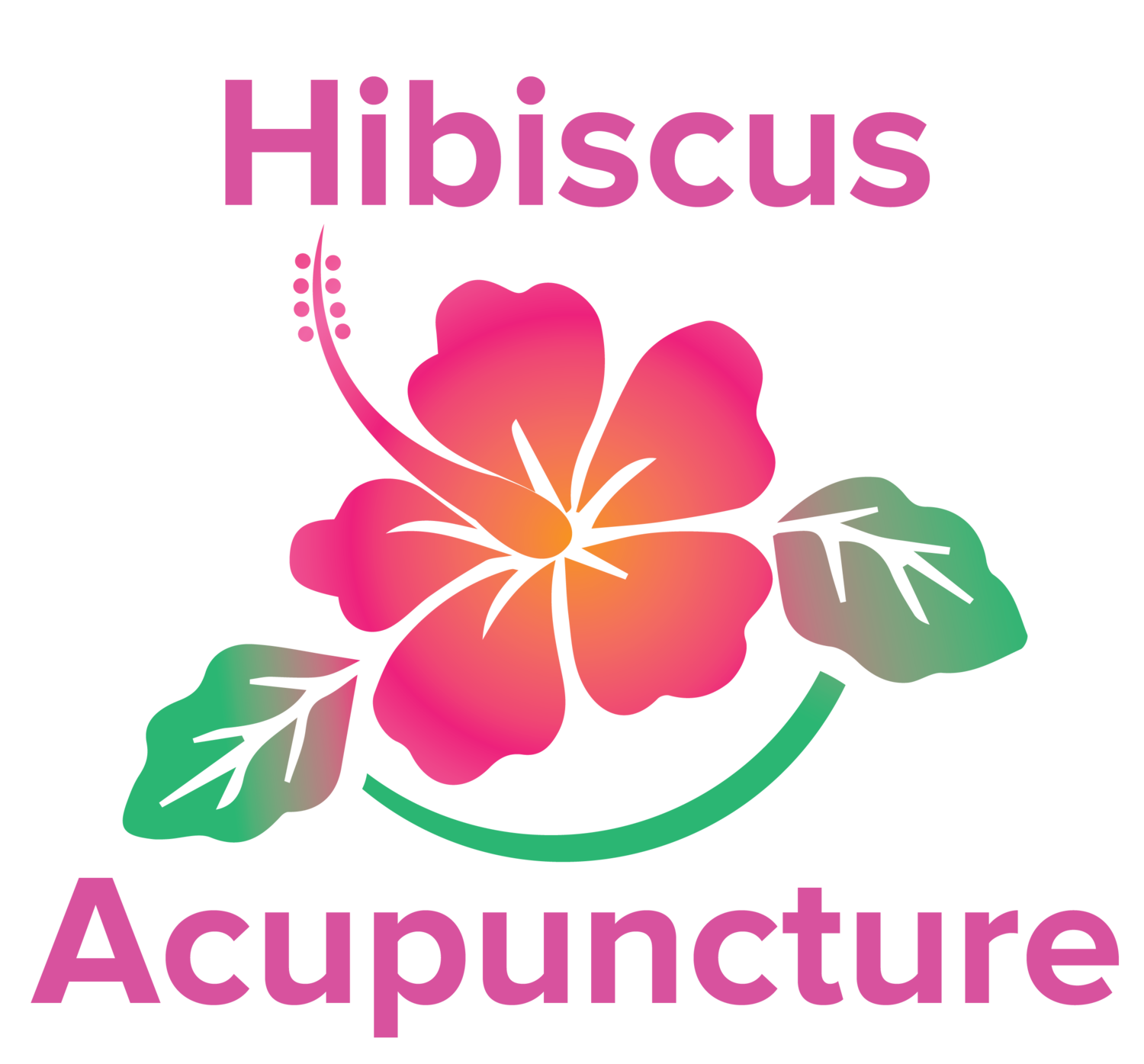Traditional East Asian Medicine and Touch
In most appointments, I do at least a small amount of tuina bodywork to start—the over-the-clothing style of massage is synergistic with the acupuncture that usually follows, and at its most baseline, is often relaxing and enhancing of healing by promoting circulation of qi and blood.
It also provides me a wealth of information: as I apply each technique, I’m feeling various acupuncture points, the quality of the channels, the texture of sinew channels, and the mobility of joints.
I use touch in a variety of ways, via tuina techniques and otherwise, including:
Focus on the spine: As Joseph Pilates said, “A man is as young as his spinal column.” I use my background in classical yoga to focus on mobility of the spine and its supporting muscles and connective tissue because of how much it can affect our overall health.
Feeling the pulse: While I take a patient’s heartrate as a vital sign, the more qualitative assessment via Eastern Medicine can tell me which internal organs need work, and even help us suss out hidden issues and causes of problems.
Tuina Qi Gong: When I first place my hands on a patient, I check the different energetic levels of their body, using the Eastern model of the three Jiaos—the act of checking each level in comparison to each other actually helps restore balance as well.
Zero Balancing: Extending my sense of touch to the bone gives me a kind of information that the softer tissues do not—and, using the Zero Balancing method of touch, can help release traumas that have been stored in the body’s tissues for years.
Whether an issue you’re having is orthopedic, trauma-caused, internal, or hormonal, touch can play a role that tips over what has been causing discomfort and malaise into ease and joy.
Let's work together to help you feel lighter and more grounded. Call or text me at 520-609-8488, or schedule an appointment online.
